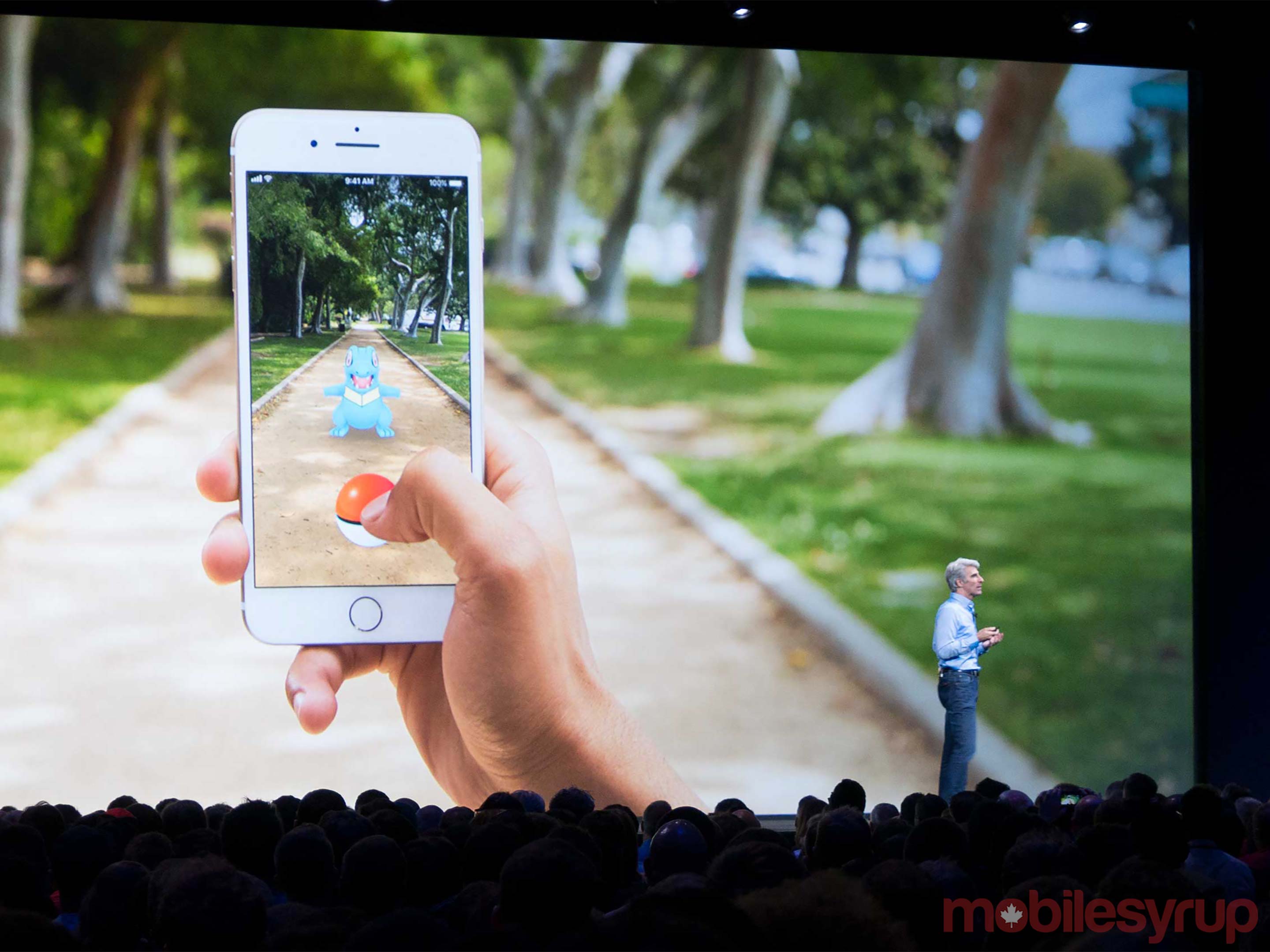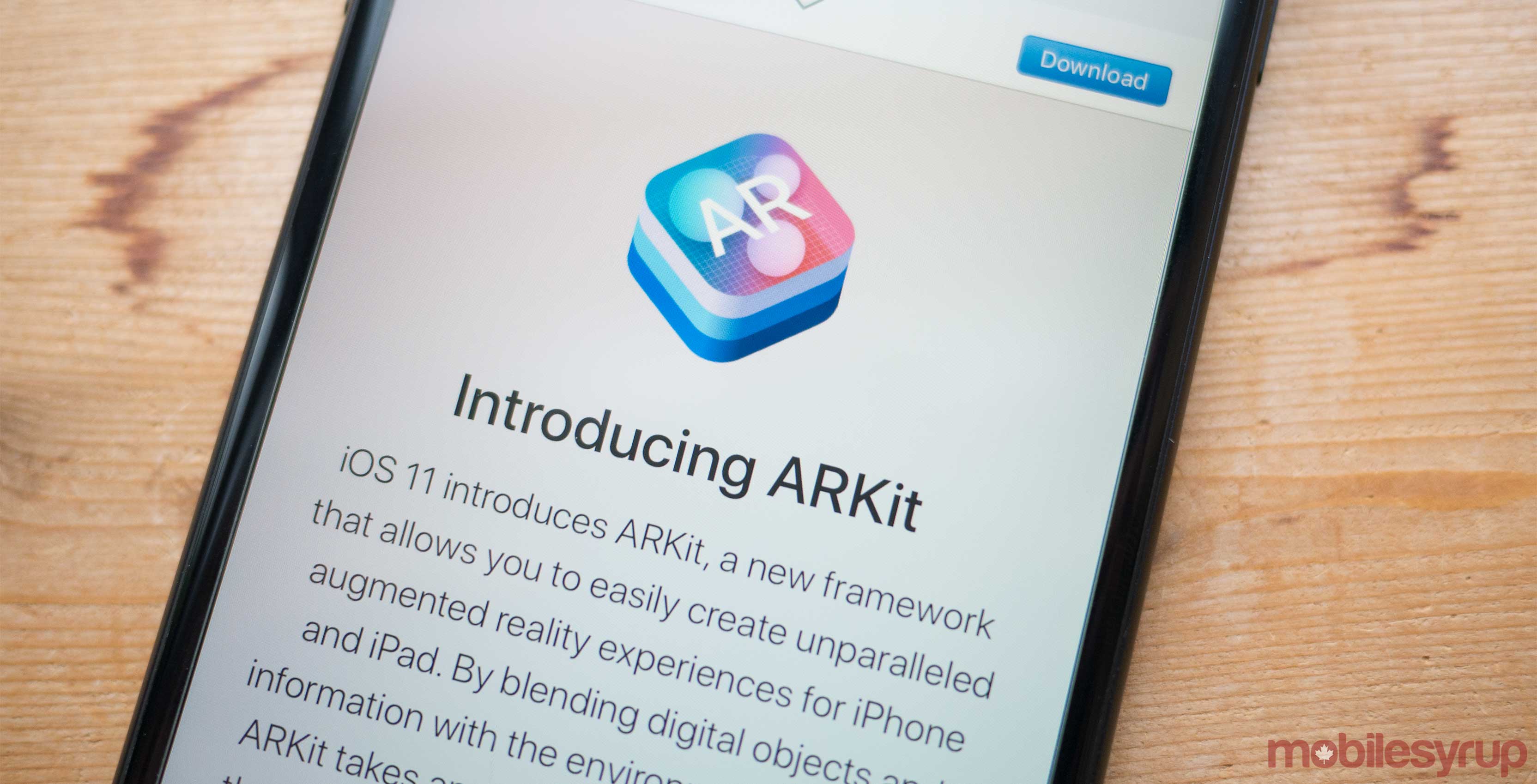
When Apple releases the consumer version of iOS 11 in a few weeks, among of a flurry of standard, expected operating system updates, the tech giant is also unleashing the first wave of third-party ARKit-developed apps.
While ARKit’s capabilities are far from those of Google’s now essentially dead Tango platform, the fact that the development tool has the potential to reach a wider audience when compared to competitors gives it an advantage in the burgeoning augmented reality space.
Likely in an effort to better compete with Apple’s ARKit, the same can now also be said about Google’s recently announced ARCore, an Android-based development platform that aims to retain the technological capabilities of Tango, while offering compatibility with as many Android devices as possible. Given ARCore has only just been revealed, it remains unclear how powerful it really is. It’s also worth noting that Google’s new AR platform only supports Samsung’s Galaxy S8 and the Google Pixel, though the company has a goal of hitting 100 million users in the near future.
Apple has often been accused of putting on a facade and pretending it developed new technology that other companies had been experimenting with for years. While this claim is frequently accurate in most cases, Apple does have a knack for bringing burgeoning technology to the masses, often by tweaking it to be more accessible and user-friendly. The tech giant is hoping this will happen again on the development side of things, despite not offering creators the most technically capable hardware to build their AR apps for.
In the case of AR, overlaying the virtual world on top of reality, Apple wants people to associate the tech with more than just Pokemon Go and dancing hot dog Snapchat filters. Unlike Google’s Tango offering, however, ARKit is not capable of mapping a three-dimensional space like Tango, resulting in the platform’s inability to take precise measurements into account when running augmented reality apps. It’s unclear if ARCore will be able to map out physical space in the same way Tango was.
Apple, however, is hoping that ARKit’s hardware limitations won’t matter because the development tool is compatible with all of the company’s devices that feature its A9 and A10 processor (basically phones dating back to the iPhone 6s and any iPad Pro), amounting to approximately 500 million devices worldwide. The company also says it has placed an emphasis on ensuring tasks like the reflection of light, colour temperature and shadows, are easier for developers to implement properly in their AR apps.
This is why Apple’s Craig Federighi described ARKit as “the largest AR platform in the world,” during the development kit’s reveal at WWDC back in June.
When it comes to Tango, which Google says was designed to serve as a starting point and a proof of concept for something bigger, a specific smartphone is required; the Phab 2 Pro, which is no longer officially available in Canada, or the recently revealed ZenFone AR, inherently limiting the audience of Google’s platform significantly — this is much less of an issue for Apple.
While Twitter accounts like @madewithARkit, as well as MobileSyrup’s recent partnership with Tom Emrich’s We Are Wearables, are already making an effort to document the cool, experimental apps developers are creating with Apple’s new augmented reality tool, the tech giant recently showed off a number of previously unrevealed in-development ARKit Projects, many from significant partners.
It’s important to note that it’s unclear if these projects will be available when ARKit apps roll out along with iOS 11. Many of them are in very early stages of development.
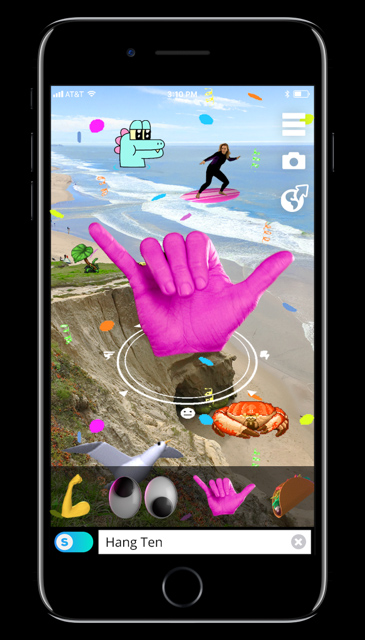
Giphy World – Giphy
In the vein of Snapchat’s accessible, fun and extremely popular AR masks, as well as the social media platform’s infamous dancing hotdog, Giphy wants to expand this concept and allow users to send animated augmented reality gifs that can be experienced through the lens of their iPhone’s camera.
“Our first vision is to help you place these things in space and ARKit does that. It tracks the world around you so you can do more than just share a gif with your friend in a text. You’ll be able to share a whole scene of gifs,” said Ralph Bishop, the head of design at Giphy in an interview with MobileSyrup.
“You’ll be able to share a whole scene of gifs.”
Examples shown off during the demonstration were relatively simple and included a waving person, an animated heart, clapping hands and a mouth, though Giphy says more complicated gifs are in the works.
Bishop says that Giphy World also moves beyond sending a single gif and that the app lets users create “fully packaged AR experiences” that allow for more complicated messages that feature augmented reality.
For example, users are able to place numerous arrows on the ground that lead someone to a specific animated gif located slight off in the distance. It’s unclear if Giphy World is the killer app ARKit needs to reach the masses, but it certainly seems to be on the right track.
The Very Hungry Caterpillar – Touch Press
Taking the basis for Eric Carle’s much-loved character, The Very Hungry Caterpillar, a children’s book that has been around for 45 years, Touch Press has come up with an inventive way to bring iconic story to life with the help of AR.
While a demo that’s still very in the early stages and is only six weeks into development, visually, The Very Hungry Caterpillar is one of the most impressive looking AR games I’ve ever seen. “It’s effectively a virtual, digital caterpillar pet.
“With ARKit, we’ve ben able to make that pet real”
The virtual caterpillar is placed within a real-life scene and children are able to interact with it by altering the camera’s perspective in an effort to keep input methods simple to ensure The Very Hungry Caterpillar is accessible to children.
While the demo only showed off a few, very simple activities players can do with the caterpillar, O’Neill says Touch Press plans to expand this functionality significantly over the course of the game’s development.
“We know that kids really love caring for digital pets, entertaining him, being entertained by him and feeding him, and ultimately along his journey until he transforms into a beautiful butterfly. With ARKit, we’ve ben able to make that pet real,” said Barry O’Neill, Touch Press’ CEO.
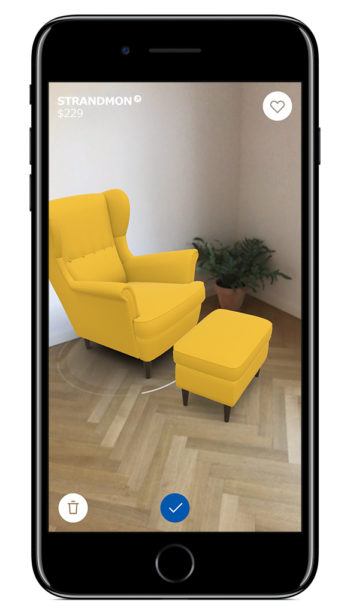
Ikea Place – Ikea
Ikea Place is perhaps the best broad use case example of augmented reality beyond Giphy World.
The app aims to bridge the gap between the home and purchasing products at Ikea by allowing users to view a visual representation of that object in their home.
“Instantly overnight this is going to be accessible to hundreds of millions of people”
Items like sofas and lamps, as well las rugs and tables, can be virtually placed in a home with Ikea Place. It is, however, still unclear how many items will be included in the app at launch, as well as if ARKit’s limitations as a platform will be a hinderance to how useful it actually is.
For instance, since ARKit isn’t able to measure the complete size of a room, Ikea Place users could run into situations where their virtual, augmented reality furniture is floating in the air, rather than sitting on the actual floor.
“Instantly overnight this is going to be accessible to hundreds of millions of people and it’s totally going to change how we do business, how we live and how we do retailing,” said Michael Vladsgaar, the leader of digital transformation at Ikea, when asked about why the furniture store has opted to develop a dedicated AR apps.
That said, while Ikea Place seems poised to be an accessible, easy to use app, its launch could have implications on the broader retail industry, with competing companies launching similar AR platforms.
Arise — Climax Studios
While Apple has surprisingly mostly avoided discussing the video game side of ARKit, one example of the platform’s gaming potential is Arise, an AR Puzzle game created by Climax Studios, the developer behind titles like Dirt Rally, Silent Hill Shattered Memories and Xbox classic Sudeki.
“It’s very, very simple interaction”
The game has player constantly shifting their perspective in order to guide a character through a puzzle filled island.
To Climax Studios’ credit, the ability to move around the game’s AR space in real-time is a novel concept.
“What we’ve tried to do here is come up with a mechanism that allows us to just use positioning, so it looks like there’s a gap, but there isn’t — it’s very, very simple interaction… We plan to use perspective and things like that later on,” said Simon Gardner CEO at Climax Studios, explaining the unique control scheme Climax has implemented in Arise in order to work within ARKit’s limitations.
Gardner explained that his company sees ARKit as an opportunity to reach a significantly wider audience that augmented reality has ever been capable of, though the studio has also dabbled in projects designed for Google’s Tango platform as well.
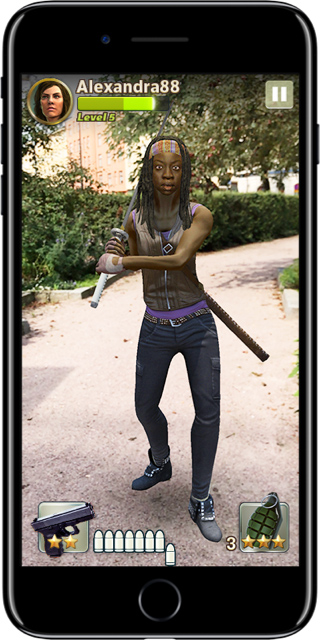
The Walking Dead: Our World — AMC/Next Games
Though less impressive than Arise, The Walking Dead: Out World is an augmented reality trip into the uncanny valley.
The game allows players to fight in the streets, parks, living rooms and backyards along with companions from the show like Rick, Daryl, and Michonne.
The game, which seems more like a demo-like companion to the television show, has players shooting various weapons at Walkers while a strangely unlife-like character from the show stands nearby, occasionally helping with the fight.
To Next Games’ credit, despite the stoic, awkward looking expression on characters’ faces, their actual bodies, including clothing and weapons, are very detailed.
The game also features a photo mode that allows players to pose with their favourite walking dead character.
MobileSyrup may earn a commission from purchases made via our links, which helps fund the journalism we provide free on our website. These links do not influence our editorial content. Support us here.

